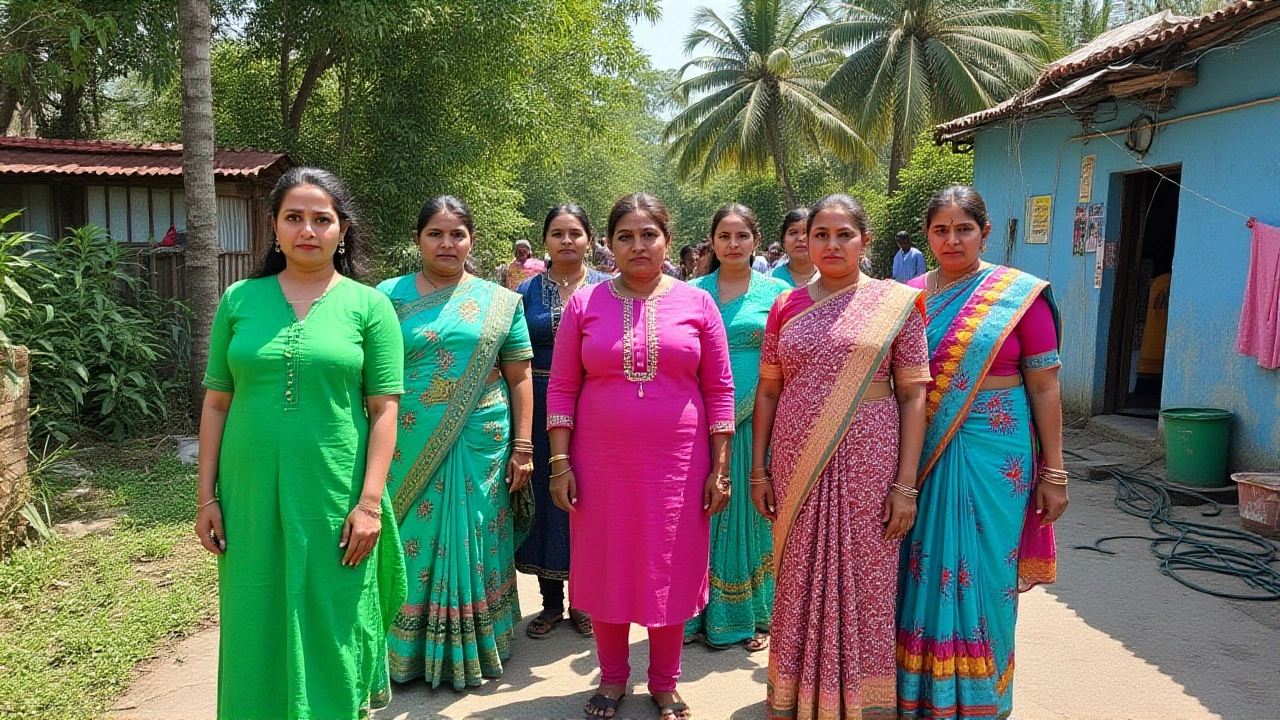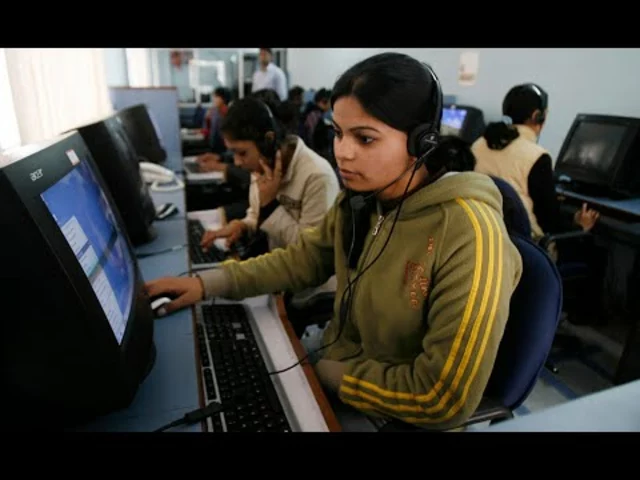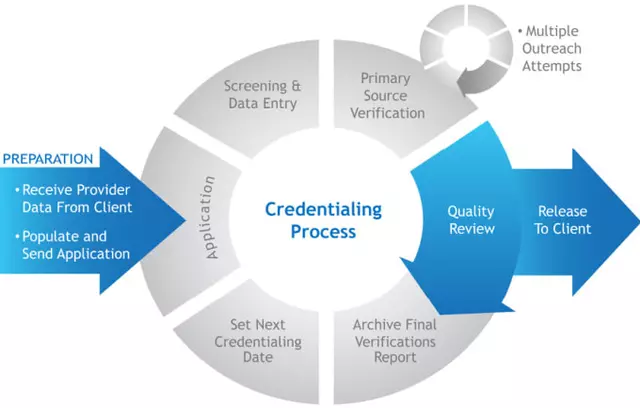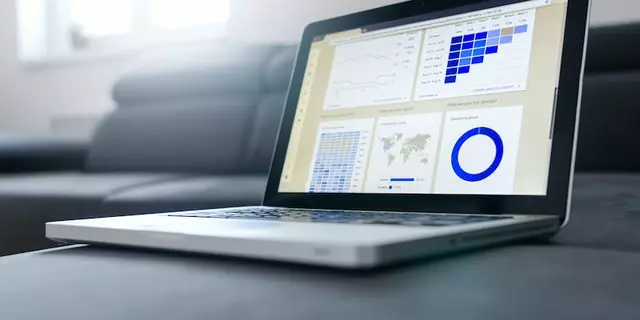Thousands of women in Maharashtra and Madhya Pradesh are at risk of losing ₹1,500 every month after failing to complete mandatory e-KYC verification — a deadline that’s quietly turned into a financial cliff for families relying on state welfare. The Maharashtra Government gave beneficiaries just 60 days to verify their identity through the Mukhyamantri Meri Ladli Behen Scheme, with the final cutoff set for November 18, 2025. Those who miss it won’t receive a single rupee of their monthly stipend — and the losses pile up fast.
Why e-KYC Is Now a Lifeline — Not Just a Formality
The Maharashtra Women and Child Development Department, under Minister Aditi Tatkare, issued a government order last Thursday mandating e-KYC for all 2.63 crore registered women. Of these, 2.41 crore were deemed eligible. But here’s the twist: over 7.76 lakh applications were flagged as fraudulent after post-election audits. That’s not just bureaucracy — it’s a crackdown. The state claims the move ensures transparency and prevents ghost beneficiaries from draining public funds. The portal, ladakibahin.maharashtra.gov.in, lets women verify their identity using Aadhaar and a one-time password. It’s supposed to be simple: log in, match your biometrics, confirm your bank account. But for millions of women in rural areas — many with no smartphone, no internet literacy, or no digital ID — it’s a minefield. Local NGOs report women traveling hours to common service centers, only to be told their biometrics don’t match or their bank details are outdated.Madhya Pradesh’s Bigger Payout — But Same Problem
Meanwhile, in Madhya Pradesh, the Ladli Behna Yojana has seen a major boost. Chief Minister Dr. Mohan Yadav raised the monthly payout from ₹1,250 to ₹1,500 in November 2024, benefiting 1.26 crore women. The increase was announced at a ceremony in Sivni, with direct bank transfers already processed. Total disbursements since 2023 have crossed ₹29,218 crore. But here’s the dark side: even after completing e-KYC, some women in Satna and Singrauli had their profiles deleted in October 2024 — and their ₹1,500 vanished. Others, over 60, were abruptly cut off despite having received payments for years. The state says it’s following rules: only women aged 21 to 60 qualify. But many of those removed were widows or single mothers who never received pensions or other support. One woman in Singrauli told a local reporter, “I’ve been getting this money since 2021. Now they say I’m too old. But who else will help me buy medicine?”The Eligibility Trap
Both states use similar criteria: annual family income under ₹2.5 lakh, no government job holder in the household, no pension received. But enforcement is messy. In Maharashtra, over 11 lakh pending applications were reviewed after the 2024 elections — and nearly 8 lakh were rejected. In Madhya Pradesh, the cutoff age was lowered from 23 to 21 in 2023, and tractor-owning households were included — a nod to rural women who work the land but are often excluded from formal welfare. The problem? These rules assume perfect documentation. Many women don’t have income certificates. Some don’t know their husband’s employment status. Others have bank accounts opened by relatives — now flagged as mismatched. “It’s not that they’re cheating,” said Dr. Priya Deshmukh, a social policy researcher at Tata Institute of Social Sciences. “It’s that the system doesn’t account for how poor households actually function. A woman might be the sole earner, but her income is cash-based. The system sees ‘no income proof’ — and denies her.”What’s Next? Protests, Petitions, and Pending Solutions
Women’s groups in both states are mobilizing. In Maharashtra, over 400 petitions have been filed demanding a 90-day extension. Some are asking for offline verification centers in every panchayat. In Madhya Pradesh, activists are suing the state for retroactively removing beneficiaries — arguing it violates the right to social security under Article 41 of the Constitution. The state governments insist the system is fair. “We’re not punishing women,” said a senior official in Maharashtra’s finance department. “We’re protecting the scheme from fraud.” But the human cost is mounting. In rural districts, women report skipping meals to save ₹1,500 for school fees, medicine, or rent. When that stops, families unravel.How to Complete e-KYC — Step by Step
- Visit ladakibahin.maharashtra.gov.in or the Samarth Portal in Madhya Pradesh.
- Click the green “e-KYC” button.
- Enter your Aadhaar number and registered mobile.
- Enter the CAPTCHA code.
- Authenticate via OTP or biometric scan (if using a center).
- Confirm your bank account details.
- Wait for SMS confirmation — keep a screenshot.
Frequently Asked Questions
What happens if I miss the November 18, 2025 deadline for e-KYC in Maharashtra?
If you don’t complete e-KYC by November 18, 2025, your monthly ₹1,500 payment under the Mukhyamantri Meri Ladli Behen Scheme will be suspended indefinitely. There’s no automatic reinstatement — you must reapply through the portal and undergo manual verification, which can take 30–60 days. Many women report never getting their payments restored without legal intervention.
Why are women over 60 being removed from Madhya Pradesh’s Ladli Behna Yojana?
The Madhya Pradesh government states that senior citizens are covered under separate schemes like the National Old Age Pension Scheme (NOAPS) and state pensions. But critics argue that many women over 60 — especially widows without pensions — rely solely on this ₹1,500. The state has not created a transition plan, leaving thousands without any income support.
Can I still get the benefit if my bank account doesn’t match my Aadhaar?
No — the system requires exact matching between your Aadhaar-linked mobile, bank account, and name. If they don’t align, your application will be rejected. Women are advised to visit their bank branch to update their KYC details first, then try e-KYC again. Many have lost payments simply because their account was opened under a nickname or father’s name.
How many women have been wrongly denied benefits in both states?
Official figures don’t track wrongful denials, but NGOs estimate over 3 lakh women in Maharashtra and 1.5 lakh in Madhya Pradesh have been incorrectly flagged due to data mismatches. A 2024 audit by the State Audit Department found that 18% of rejections in Madhya Pradesh were due to clerical errors — not fraud. Many cases remain unresolved.
Is there any help available for women who can’t access the internet?
Yes. Both states have set up Common Service Centers (CSCs) in every block. You can walk in with your Aadhaar and bank passbook — staff will help you complete e-KYC for free. In Maharashtra, over 1,200 CSCs have been designated as e-KYC hubs. Call the helpline 1800-123-4567 (Maharashtra) or 1800-233-7890 (Madhya Pradesh) for the nearest center.
What’s the long-term impact of this e-KYC push on women’s financial security?
The intention — reducing fraud — is valid. But without inclusive design, the policy risks deepening inequality. Women in remote areas, widows, and those without formal education are being excluded from cash transfers meant to empower them. Experts warn this could reverse progress on gender equity. The real solution? Offline verification, mobile vans with biometric scanners, and community-based verification teams — not just a website.







